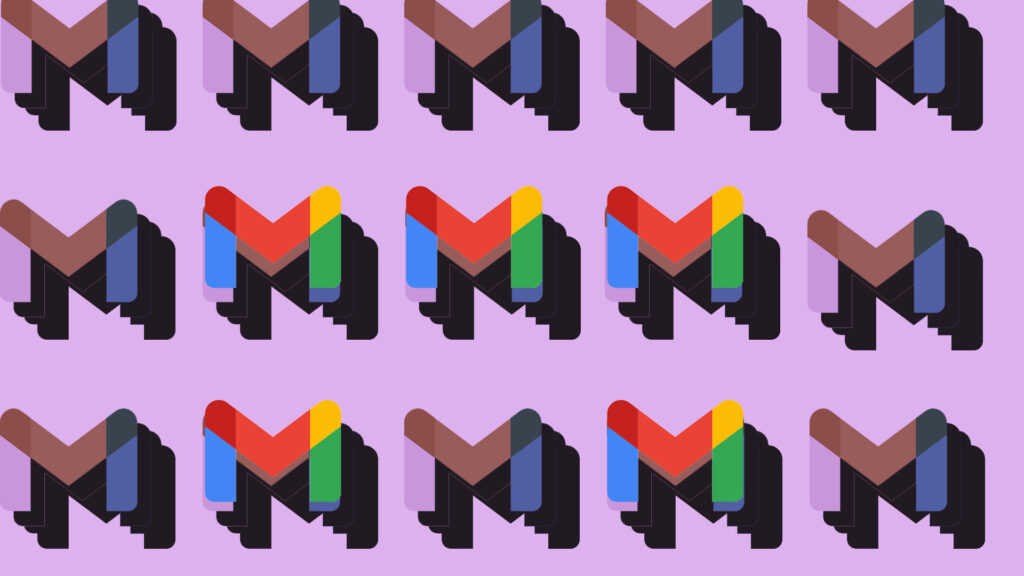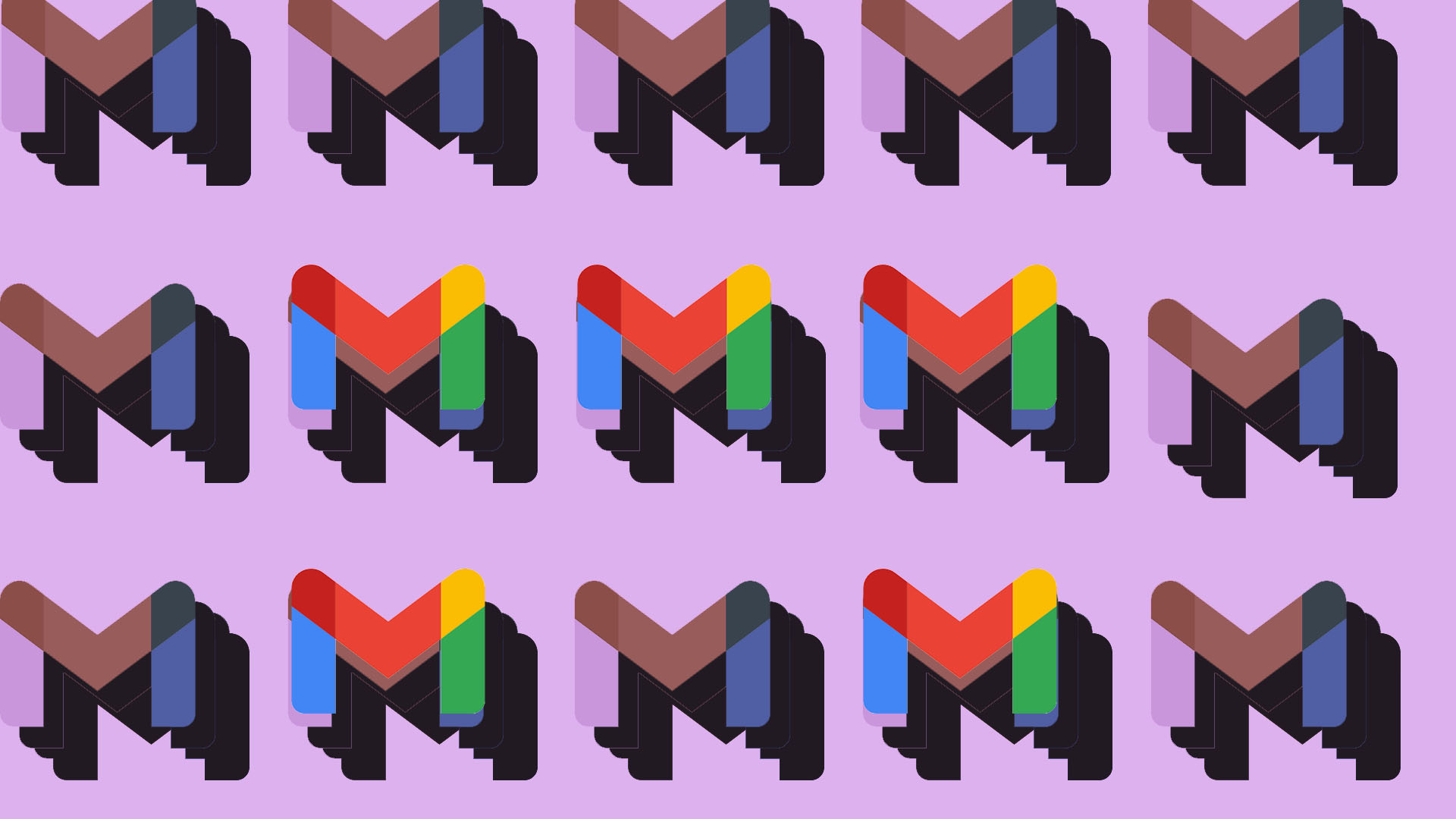Can you believe it? Gmail, that email service that started as a joke, is hitting the big 2-0 on April 1st.
For most of us, imagining a world without Gmail is as tricky as picturing searching the web without Google. But funnily enough, Gmail wasn’t an early bird to the email game. It showed up a fair bit after we’d already been zipping electronic messages around on computers, relying on other providers to sort them out and send them on their merry way, kind of like the old-fashioned post office. It came after MSMail and ccMail, but early enough that we were still insistent on that hyphen between “e” and “mail.”
Google, always one for a cheeky move (even though it was already the top dog search engine by then), decided to drop Gmail on April Fool’s Day, leaving a lot of folks scratching their heads. Back when I was at PCMag, we had to admit, “Google’s release included language which sounded like a ruse,” and nobody was quite sure if they were serious about getting into the email game. The limited availability of the platform didn’t help clear things up either.
Google was ahead of the curve when it came to the invite-only access game. It was a smart marketing move, sure, but it also had practical benefits. Google faced its fair share of struggles launching Gmail and was still ironing out the kinks when it went into public beta. Opening the floodgates would’ve likely caused chaos, leading to crashes, potential undelivered emails, and making it a nightmare to figure out what people wanted from the IMAP mail platform (especially since there was no POP3 support at launch).

Hey there, welcome to the party!
Back on April 22, 2004, about four weeks post-launch, I finally got my hands on Gmail. I can still recall that welcome message, celebrating me as “one of the very first people to use Gmail” and thanking me for jumping in to test it out. The email laid out some cool new features, like the shift from folders to labels and conversations for organizing emails. Even now, the whole concept of folders in Gmail still feels a bit foreign to me. I mean, who knew labels could be so versatile?
Gmail came packing some pretty nifty stuff, like filters and address autocomplete. And let’s not forget the mind-blowing 1GB of storage – a game-changer in the realm of free email services, though it seems laughably inadequate by today’s standards. Google sold us on the idea that we could kiss goodbye to the days of wasting time deleting emails and just keep everything. I might’ve taken that notion a tad too seriously.
Sure, Gmail spared us the agony of pop-up or banner ads (thank the email gods), but those text-based ads off to the side caused a stir. To serve up ads relevant to our emails, Google had to peek at our content. It sounded like a privacy nightmare, and I wasn’t shy about voicing my concerns. I mean, computers back then weren’t exactly sentient beings capable of truly “reading” our messages. Google reassured us that they were anonymizing data and keeping our private stuff, well, private. Plus, those ads helped foot the bill for all that sweet, free storage we were enjoying. And you know what? Despite the initial uproar, Gmail just kept on growing.
Discover more from NewForTech
Subscribe to get the latest posts sent to your email.




